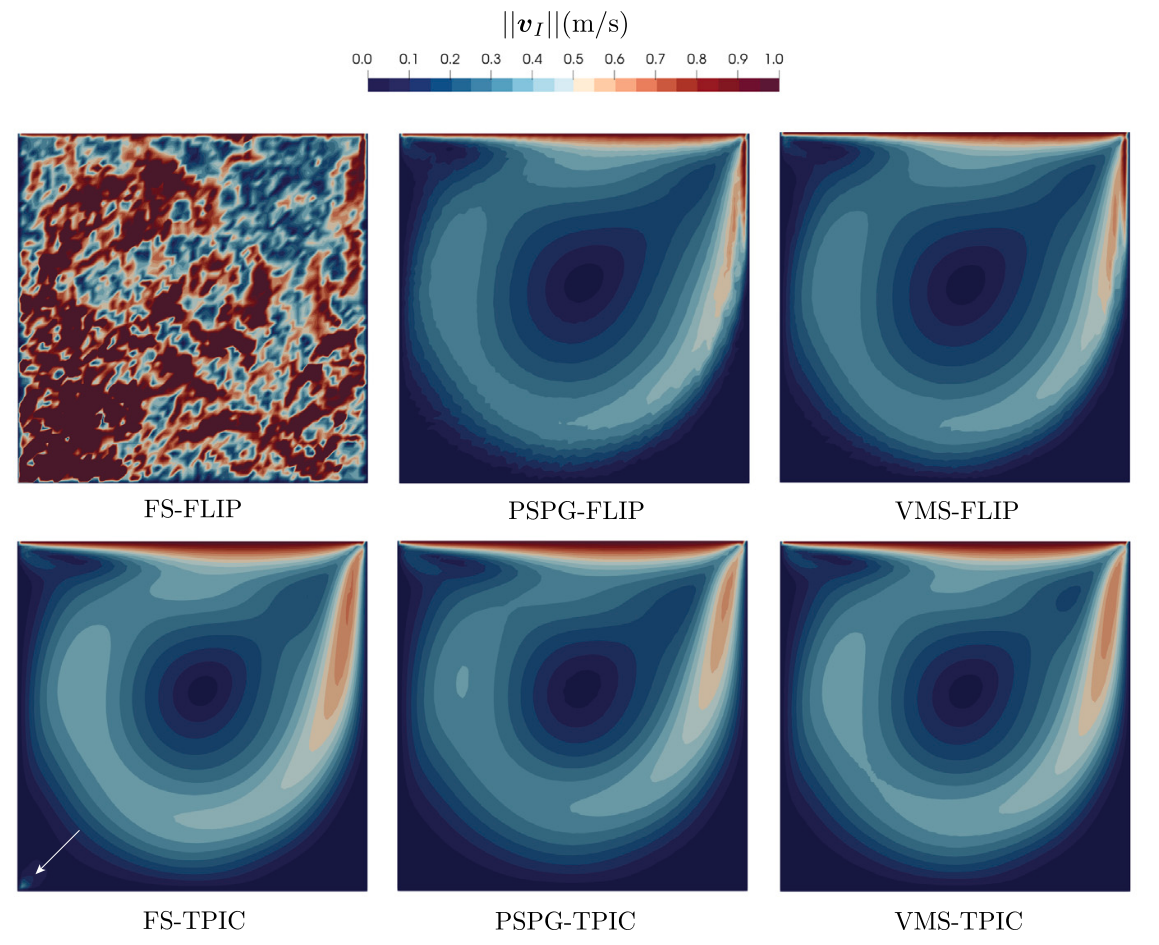Bodhinanda (Nanda) Chandra
Postdoctoral Researcher, University of California, Berkeley

6124 ABCD Etcheverry Hall
University of California
Berkeley, CA 94720
I am a postdoctoral researcher at the Department of Mechanical Engineering at University of California, Berkeley working with Prof. Ken Kamrin. Previously, I completed my PhD in Civil Engineering also at Berkeley, advised by Prof. Kenichi Soga. Before coming to Berkeley, I obtained my bachelor’s degree in Civil Engineering from Kyushu University in Japan and a master’s degree in Computational Mechanics from the Technical University of Munich in Germany.
My research interests are primarily focused on multi-physics and multi-scale coupled problems in geomechanics, including their mechanical theory, modeling, and numerical simulation using high-performance computing. This encompasses geomechanics challenges across various confinement levels. Specifically, my key research areas include:
- Surficial geomechanics, with an emphasis on climate- and earthquake-resilient geostructures, particularly those subject to erosion in river or coastal environments;
- Deep geomechanics involving fluid injection and extraction, such as CO2 sequestration, energy extraction, and the stability of rock formations, addressing issues like borehole failure on a local scale and induced seismicity on a larger scale;
- Extraterrestrial soil modeling, rheology and their multiphysics interactions with human-made objects.
Throughout my research career, I have developed substantial expertise in computational solid mechanics and fluid dynamics, particle-based methods (MPM, SPH, DEM), contact and interface treatment, coupled formulations, and constitutive modeling. I am always eager to explore innovative approaches for applying mechanics and numerical methods to design safer and more efficient engineering systems and infrastructure.
In my free time, I enjoy reading, camping, hiking, and photography.
Thank you for visiting my website!
NOTE: I will be joining the Department of Civil and Environmental Engineering at the National University of Singapore (NUS) as an Assistant Professor starting in July 2026.
At NUS, my group will focus on theoretical and computational geo and granular materials, with emphasis on multi-physics and multi-phase problems, large deformation analysis, constitutive theory and rheology, and high-performance computing. The lab’s core motivation will be inspired by the late Professor Jim Mitchell’s (my doctoral grandfather) spirit of understanding why soil behaves the way it does.
South East Asia hosts a remarkable diversity of challenging geomaterials, including peat soils with high compressibility and organic content, expansive clays with strong hydromechanical coupling, and calcareous sands with crushable or cemented grain structures. The region also faces tremendous challenges related to earthquakes, volcanic activity, and intense rainfall and drought, which make geomechanical analysis substantially more complex. These materials and conditions often fall outside classical soil behavior frameworks, and I hope our group can contribute to advancing both fundamental understanding and numerical prediction technology. Applications will range from surficial geotechnical engineering to subsurface processes and extraterrestrial soil modeling.
I am currently recruiting multiple PhD students and/or postdoctoral researchers starting in Fall 2026 with full scholarships and stipends. The deadline for the August intake is January 15. Interested candidates may contact me at bchandra(at)berkeley(dot)edu with a detailed CV, transcripts, and a short research statement. Only shortlisted candidates will be contacted.
news
| Nov 15, 2025 | Attended the 2025 UC Berkeley Geotechnical Engineering Research Symposium. |
|---|---|
| Oct 25, 2025 | During my recent trip to Spain, I visited my good friend, Prof. Miguel Molinos, who recently started his tenure as an Assistant Professor in the Computational Mechanics Group at the Department of Civil Engineering. I gave a presentation to his colleagues on my work in theoretical and computational modeling of dry and wet granular flows. Many thanks to Miguel for the invitation. |
| Oct 21, 2025 | Attended the 9th International Conference on Particle-based Methods (PARTICLES 2025) in Barcelona and delivered a keynote lecture on frictional–cohesive granular flow modeling in the IS13A Computational Granular Mechanics session, hosted by Prof. Jidong Zhao. |
| Oct 18, 2025 | Visited the Chair of Structural Analysis at the Technical University of Munich for two days during my recent trip to Europe. I am glad to meet Prof. Roland Wuechner, who was my former master’s thesis advisor and is currently leading the institute, as well as some of old and new friends and colleagues. |
| Oct 16, 2025 | Presented my recent study on the theoretical and computational modeling of wet granular materials at Society of Engineering Science Conference 2025 in Atlanta, Georgia. This work is a collaborative research work with my postdoctoral advisor, Prof. Ken Kamrin. |



